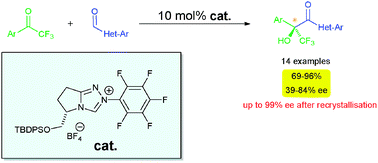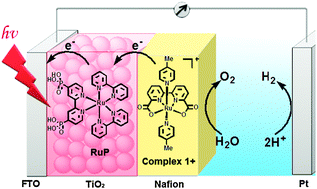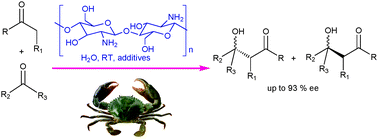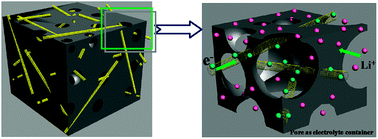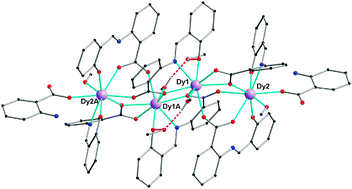This month sees the following articles in ChemComm that are in the top ten most accessed:-
Organic photovoltaics: a chemical approach
Juan Luis Delgado, Pierre-Antoine Bouit, Salvatore Filippone, M Ángeles Herranz and Nazario Martín
Chem. Commun., 2010, 46, 4853-4865, DOI: 10.1039/C003088K
High performance organic semiconductors for field-effect transistors
Huanli Dong, Chengliang Wang and Wenping Hu
Chem. Commun., 2010, 46, 5211-5222, DOI: 10.1039/C0CC00947D
A microporous luminescent metal-organic framework for highly selective and sensitive sensing of Cu2+ in aqueous solution
Yunqing Xiao, Yuanjing Cui, Qian Zheng, Shengchang Xiang, Guodong Qian and Banglin Chen
Chem. Commun., 2010, 46, 5503-5505, DOI: 10.1039/C0CC00148A
Metal-catalyzed direct alkylations of (hetero)arenes via C-H bond cleavages with unactivated alkyl halides
Lutz Ackermann
Chem. Commun., 2010, 46, 4866-4877, DOI: 10.1039/C0CC00778A
Synthesis and properties of nano zeolitic imidazolate frameworks
Satish K. Nune, Praveen K. Thallapally, Alice Dohnalkova, Chongmin Wang, Jun Liu and Gregory J. Exarhos
Chem. Commun., 2010, 46, 4878-4880, DOI: 10.1039/C002088E
Pd-catalyzed cross-coupling of carboxylic acids with nitroethane via combination of decarboxylation and dehydrogenation
Min Zhang, Jun Zhou, Jian Kan, Min Wang, Weiping Su and Maochun Hong
Chem. Commun., 2010, 46, 5455-5457, DOI: 10.1039/C0CC01029D
Evidence of preferential p-stacking: a study of intermolecular and intramolecular charge transfer complexes
N. S. Saleesh Kumar, Maneesh D. Gujrati and James N. Wilson
Chem. Commun., 2010, 46, 5464-5466, DOI: 10.1039/C0CC00249F
Layered double hydroxide films: synthesis, properties and applications
Xiaoxiao Guo, Fazhi Zhang, David G. Evans and Xue Duan
Chem. Commun., 2010, 46, 5197-5210, DOI: 10.1039/C0CC00313A
Responsive polyelectrolyte complexes for triggered release of nucleic acid therapeutics
Mahmoud Soliman, Stephanie Allen, Martyn C. Davies and Cameron Alexander
Chem. Commun., 2010, 46, 5421-5433, DOI: 10.1039/C0CC00794C
Introduction of cavities up to 4 nm into a hierarchically-assembled metal-organic framework using an angular, tetratopic ligand
Wenjuan Zhuang, Shengqian Ma, Xi-Sen Wang, Daqiang Yuan, Jian-Rong Li, Dan Zhao and Hong-Cai Zhou
Chem. Commun., 2010, 46, 5223-5225, DOI: 10.1039/C0CC00779J
Why not take a look at the articles today and blog your thoughts and comments below.
Fancy submitting an article to ChemComm? Then why not submit to us today or alternatively email us your suggestions.
Comments Off on Top ten most accessed articles in July














